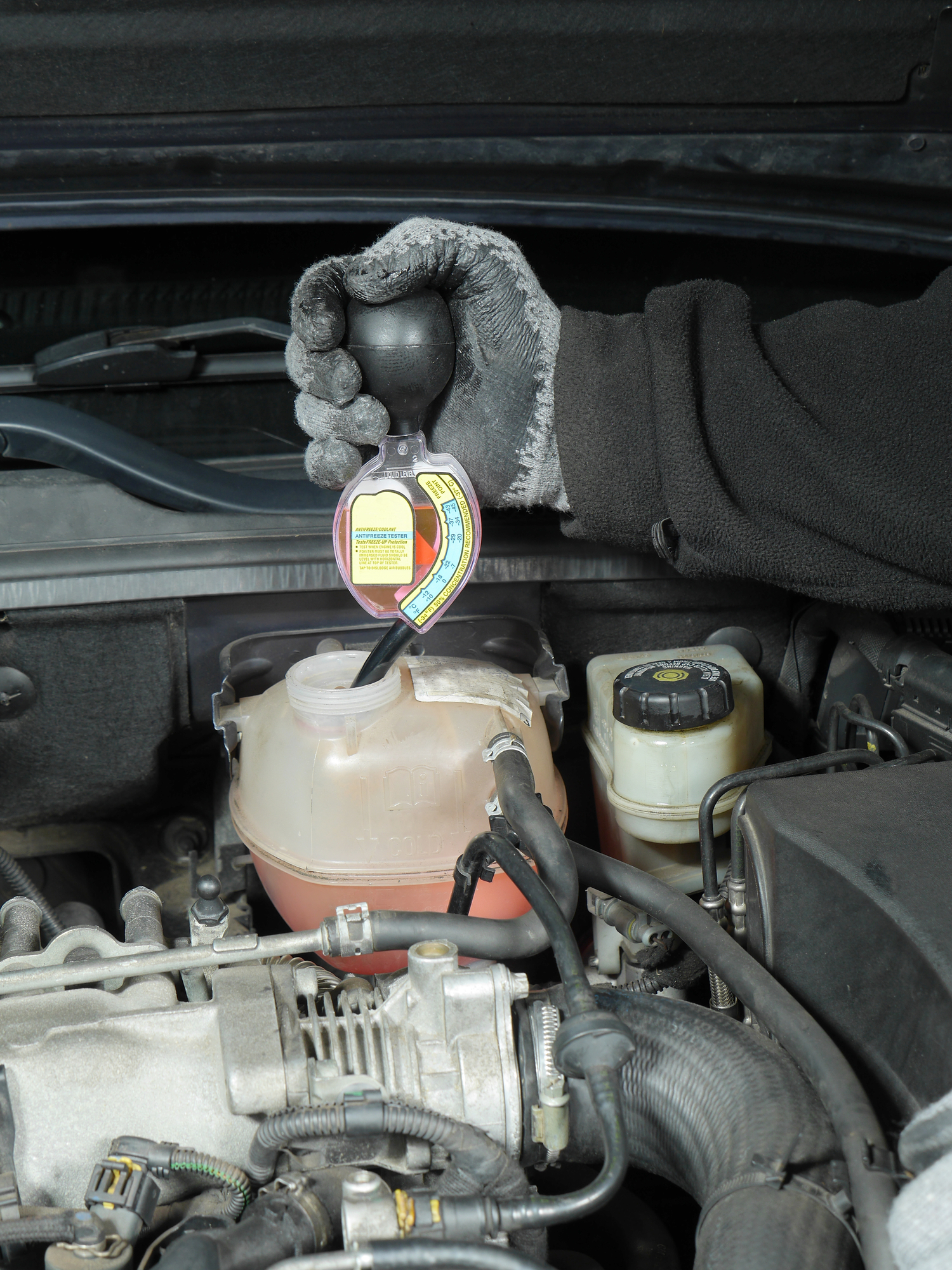Your car’s engine is cooled by a mixture of water and antifreeze called coolant. The coolant flows through the engine and absorbs heat, helping to keep the engine at a constant temperature.
The coolant also protects the engine from corrosion and helps to lubricate the water pump. It is important to check your coolant level regularly and top up if necessary. You should also change your car’s coolant every few years.
If your car overheats, there is likely a problem with the cooling system, and you will need to take it to a mechanic for diagnosis and repair.
The Different Types of Coolant
There are many different types of coolant available on the market, and each has its advantages and disadvantages. The most common type of coolant is water-based, but there are also oil-based and alcohol-based options.
Water-based coolants are the most affordable and have the shortest lifespan. They also tend to freeze more quickly than other types of coolant, so they’re not ideal for use in cold climates. Oil-based coolants are more expensive but last longer and don’t freeze as easily. Alcohol-based coolants are the most expensive but have the longest lifespan and don’t freeze.
Which coolant is right for you depends on your budget and climate. An alcohol-based coolant may be your best option if you live in a cold climate.
How to Check Your Coolant Levels
It’s important to regularly check your coolant levels to ensure your engine is running properly. First, find the coolant reservoir. It’s usually a plastic tank located near the radiator. Once you’ve found it, remove the cap and look at the fluid level inside. You’ll need to add more coolant if it’s below the “full” line. If so, you’ll need to add more. Get some coolant from your local auto parts store. You’ll want to use a 50/50 mix of water and coolant.
How to Bleed Your Coolant System
Assuming you have a car with an internal combustion engine, your coolant system needs to be bled if air has somehow entered the system. This can happen if you change a radiator hose, or perhaps your coolant is just old. Before before starting, you’ll need:
- A clean container to catch the coolant
- A funnel
- Rags
- A helper (optional)
First, locate the radiator bleeder valve, which is usually on the highest point of the radiator. If your car has been sitting for a while, open the hood and have your helper start the engine while you keep an eye on the radiator bleeder valve. Once coolant starts coming out of the valve, close it quickly.
Flushing Your Coolant System
Your car’s coolant system is one of the most critical parts of your vehicle, and it’s important to keep it in good working condition. Part of maintaining your coolant system is flushing it out and replacing the fluid on a regular basis. Most experts recommend flushing your coolant system every 30,000 miles or so.
Maintaining Your Car’s Coolant is Important
Your car’s coolant is important for a variety of reasons:
- It helps keep your engine at the proper operating temperature. If your engine gets too hot, it can cause serious damage.
- Coolant helps protect your engine from corrosion and wear. It does this by circulating through the engine and absorbing heat.
- Coolant can help improve your car’s fuel economy. By keeping your engine at the proper temperature, it doesn’t have to work as hard, which uses less fuel.
- Coolant can also help prevent freezing in cold weather.
If you don’t maintain your car’s coolant levels, you could end up with a damaged engine, decreased fuel economy, and even a frozen engine in cold weather. Make sure to check your coolant levels regularly and top off or replace as needed, call us today and we can check it for you.






